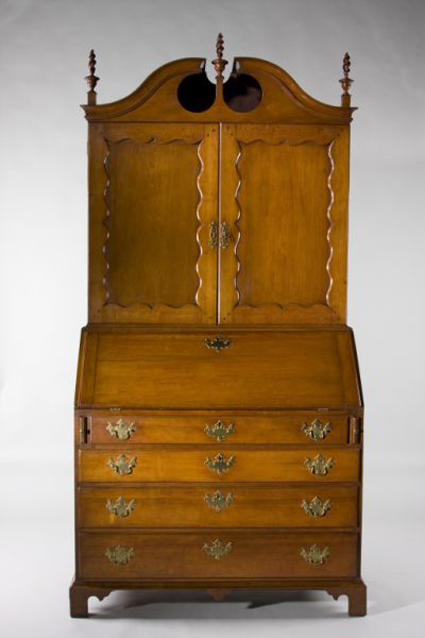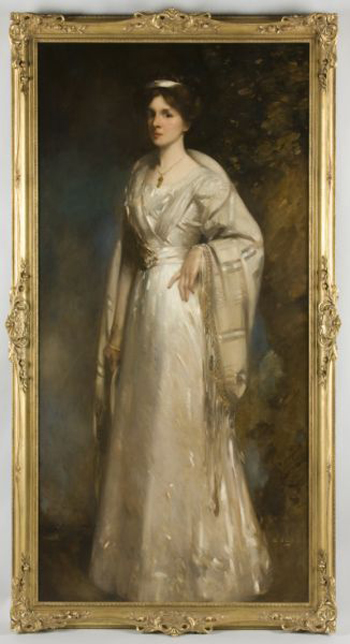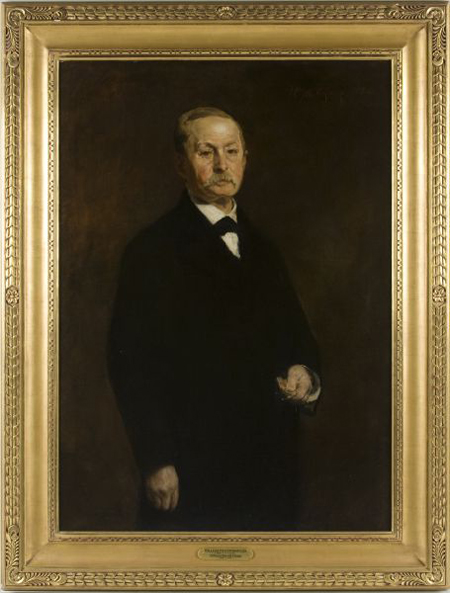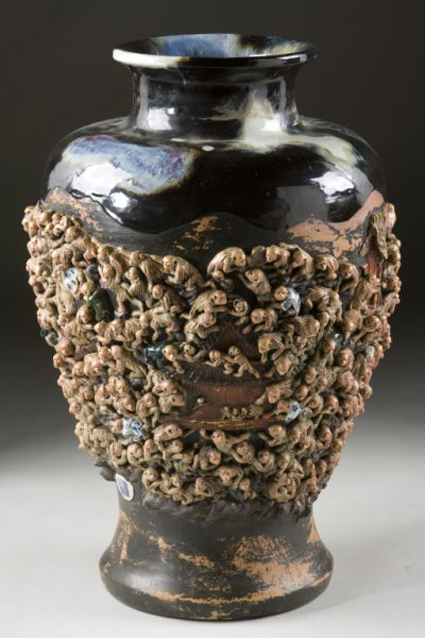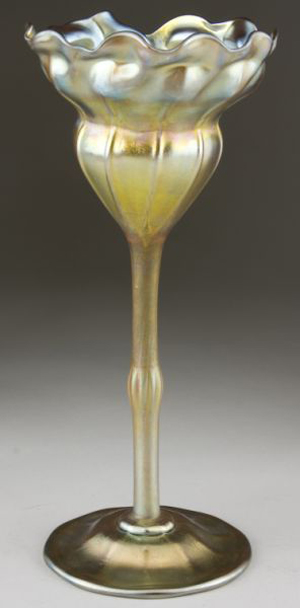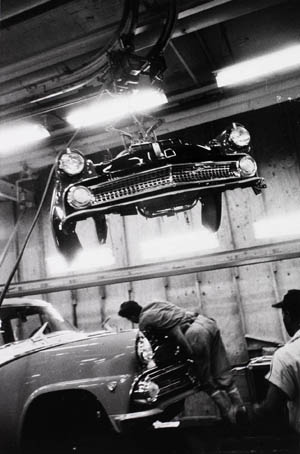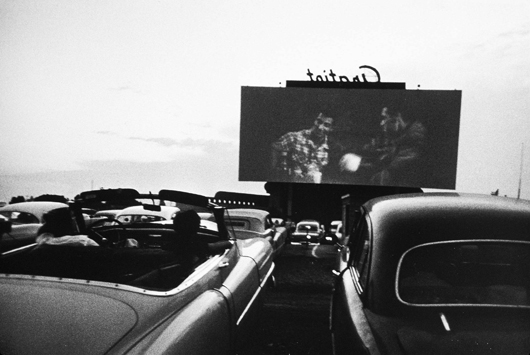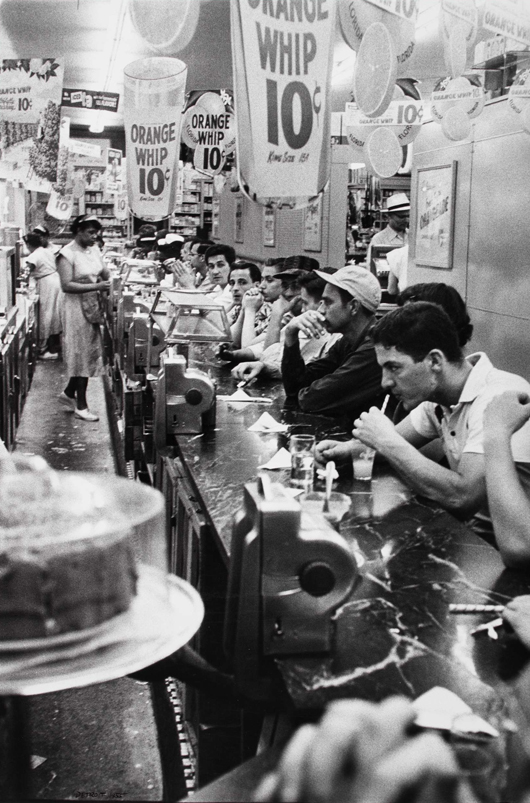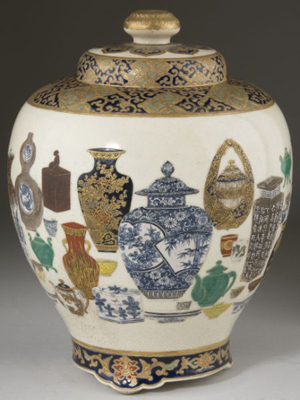
This sale will complete our first year at the new gallery, and by all accounts it has been a very successful venture,” said Leland Little, owner of the firm. “It’s not only a better work facility for the team, it has provided easier access off the Interstate for customers and offers better presentation for the sellers.”
Little said the new gallery will be enhanced with a planned 50 percent expansion of the building in late 2010/early 2011. The added space will be used for more storage space, a professional photography studio, a larger gallery space for future auctions and a bigger kitchen. “The principles behind our decision to build the new gallery have proven to be successful for our company and both sellers and buyers,” said Little.
Since the move, the firm has experienced growth in its estate treasure auctions as well, held about two to three times a month. “They’ve doubled in attendance and sales results,” said Little. “This is a reflection of the location of the new building and the wonderful presentation venue it makes.” He added, “We are continuing to attract larger estate consignments as a result of this.”
Many of the expected top lots at the Mar. 20 auction will be in the fine art category. Two works worth watching will be a large oil portrait of Mr. William Whiteright Jr., by William Merritt Chase (New York, 1849-1916), signed and dated 1886 (est. $20,000-$30,000), and an oil painting of a skater by William Frerichs (North Carolina/New York, 1829-1905), signed (est. $10,000-$15,000).
Other paintings of note will include a circa 1900 American School oil on canvas portrait of a woman, with an illegible signature and in a gilt wood frame (est. $6,000-$9,000); an oil on canvas by Claude Howell (North Carolina, 1915-1997) titled U.S. 17 South (est. $4,000-$8,000); and an 1830 full-length figural silhouette by Augustin Edouart (American, 1789-1861), framed (est. $400-$800).
Period furniture is also expected to do well. Examples include a fine Connecticut bonnet-top Chippendale secretary, circa 1760-1780, two-part form, cherry with white pine and chestnut secondary woods (est. $6,000-$9,000); and an early 19th-century American Federal triple-pedestal dining table with Classical elements, mahogany and mahogany veneers (est. $3,000-$5,000).
Also from the period furniture category: a North Carolina Edgecombe County china press, circa 1820-1830, vernacular Neoclassical form, walnut with poplar and yellow pine secondary (est. $3,000-$5,000); and a 19th-century Southern inlaid bonnet chest, river birch with yellow pine secondary and two deep side-by-side drawers over three graduated drawers (est. $1,200-$1,800).
Asian antique decorative arts will be plentiful. Star lots promise to be a rare and large late 19th- century Japanese Sumida Gawa masterpiece vase (est. $6,000-$9,000); an unusual pottery-themed Satsuma lidded jar from the Tasho Period (1912-1925), signed (est. $3,000-$5,000); and a 19th-century Qing Dynasty Chinese ancestral portrait on silk (est. $2,000-$4,000).
From the same category: a Chinese Yongzheng bottle vase, monochromatic egg-shell blue glazed earthenware on a footed base (est. $1,000-$2,000); a Chinese Export armorial teapot in the rare bell shape, circa 1750 and made for the American market (est. $300-$500); and a Chinese Export porcelain chocolate pot, 18th century and quite small (est. $300-$500).
Recently, Little established a vintage wines department. More than 50 lots of wine will be featured in the March. 20 sale, an example being a bottle of 1966 Krug vintage champagne, blanc de blanc, one of only about 500 bottles made (est. $6,000-$9,000).
Clocks will include a LeRoy & Fils French Empire bronze mantel clock made circa 1830-1840 (est. $2,000-$4,000); a late 19th-century French tortoiseshell mantel clock made for Tiffany & Co. (est. $2,000-$4,000); an early 19th-century English twin fusee bracket clock by Lambert of London (est. $1,000-$1,500); and a William Black bracket clock (est. $1,000-$1,500).
Silver pieces will include an 1890s Tiffany & Co. rare and monumental sterling silver meat platter, oval form with central well and tree (est. $1,500-$2,500); and an important 19th-century coin silver mug by B. Dupuy of Raleigh, N.C., (est. $1,000-$2,000).
Estate jewelry, a hallmark of many Leland Little auctions, will feature an onyx and diamond ring of chic contemporary form, inlaid with two black onyx stones in a fanned-out design (est. $600-$900); and a Tiffany & Co. 14kt gold tank watch with black lizard strap (est. $400-$600).
Rounding out the day’s expected top lots: a Tiffany floriform Favrile vase, signed (est. $1,000-$2,000); a Royal Copenhagen Flora Danica soup tureen, oval lidded form with applied crab-stock handles (est. $3,000-$5,000); a pre-Columbian Nayarit pottery warrior made in Mexico sometime between the third century B.C. and the third century (est. $2,000-$4,000); a pair of early Victorian cast-iron Continental garden chairs, ornate black (est. $1,000-$2,000); and a gorgeous early 20th-century antique area rug from Northwest Persia (est. $800-$1,200).
For details e-mail to info@LLAuctions.com or call (919) 644-1243.
View the fully illustrated catalog and sign up to bid absentee or live via the Internet during the sale at www.LiveAuctioneers.com.
Click here to view Leland Little Auction & Estate Sales, Ltd.’s complete catalog.
ADDITIONAL LOTS OF NOTE
